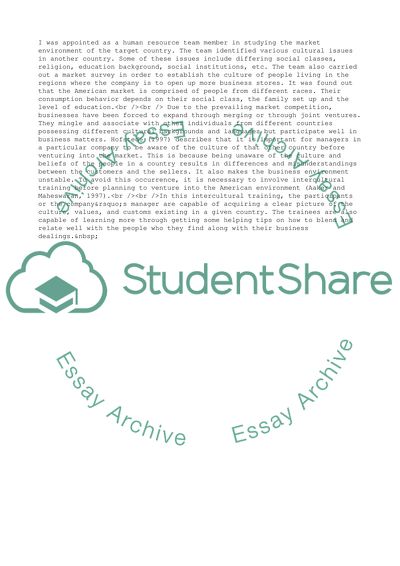Cite this document
(Cross-Cultural Analysis for the Bran Company Case Study, n.d.)
Cross-Cultural Analysis for the Bran Company Case Study. Retrieved from https://studentshare.org/business/1569408-cross-cultural-analysis-report
Cross-Cultural Analysis for the Bran Company Case Study. Retrieved from https://studentshare.org/business/1569408-cross-cultural-analysis-report
(Cross-Cultural Analysis for the Bran Company Case Study)
Cross-Cultural Analysis for the Bran Company Case Study. https://studentshare.org/business/1569408-cross-cultural-analysis-report.
Cross-Cultural Analysis for the Bran Company Case Study. https://studentshare.org/business/1569408-cross-cultural-analysis-report.
“Cross-Cultural Analysis for the Bran Company Case Study”, n.d. https://studentshare.org/business/1569408-cross-cultural-analysis-report.


